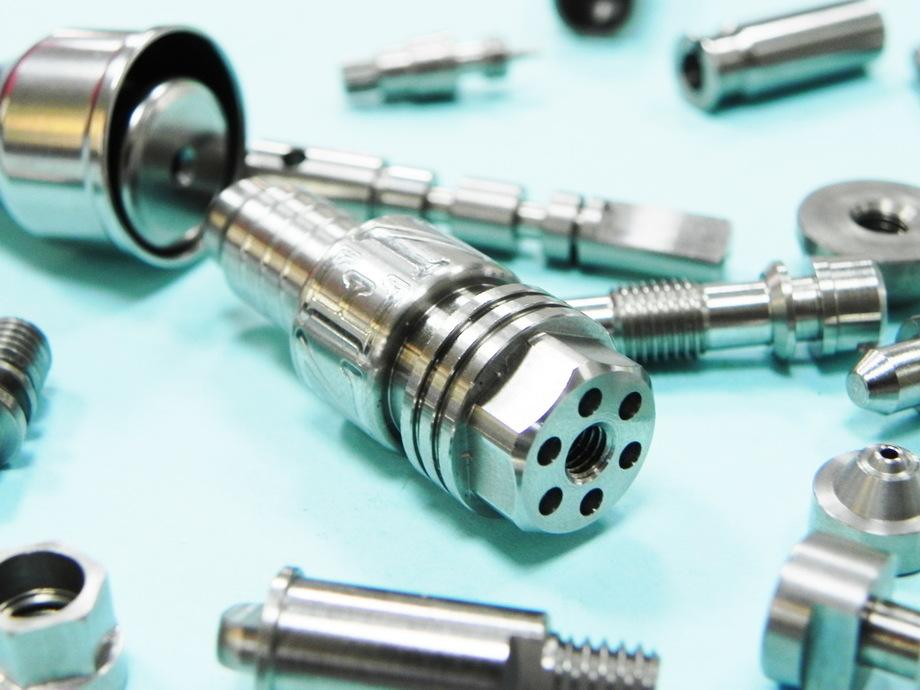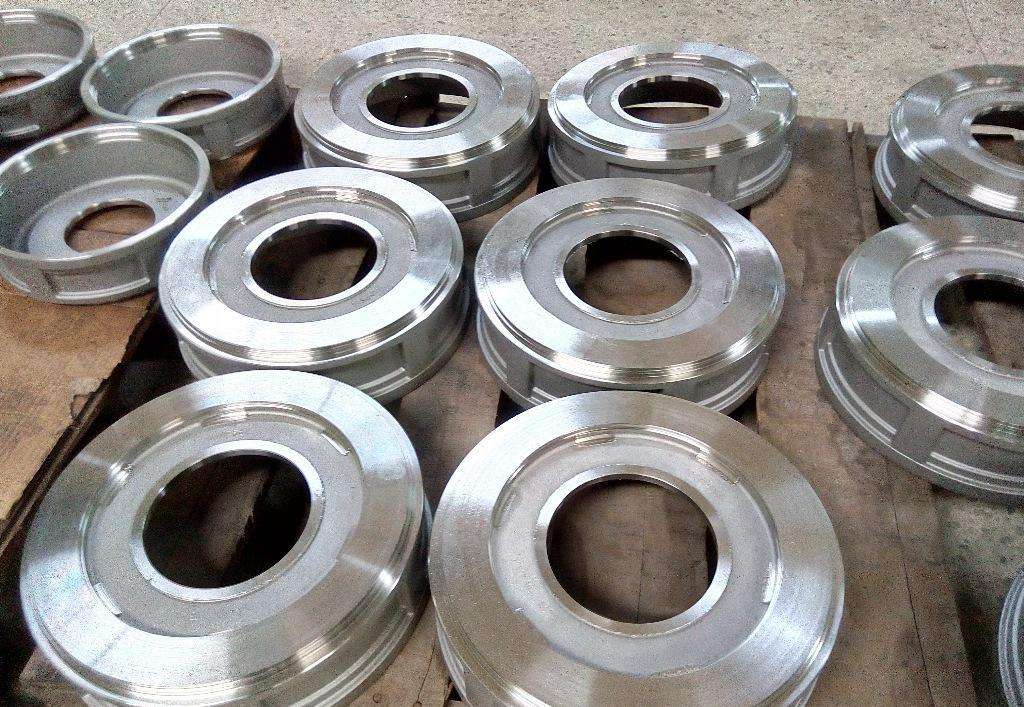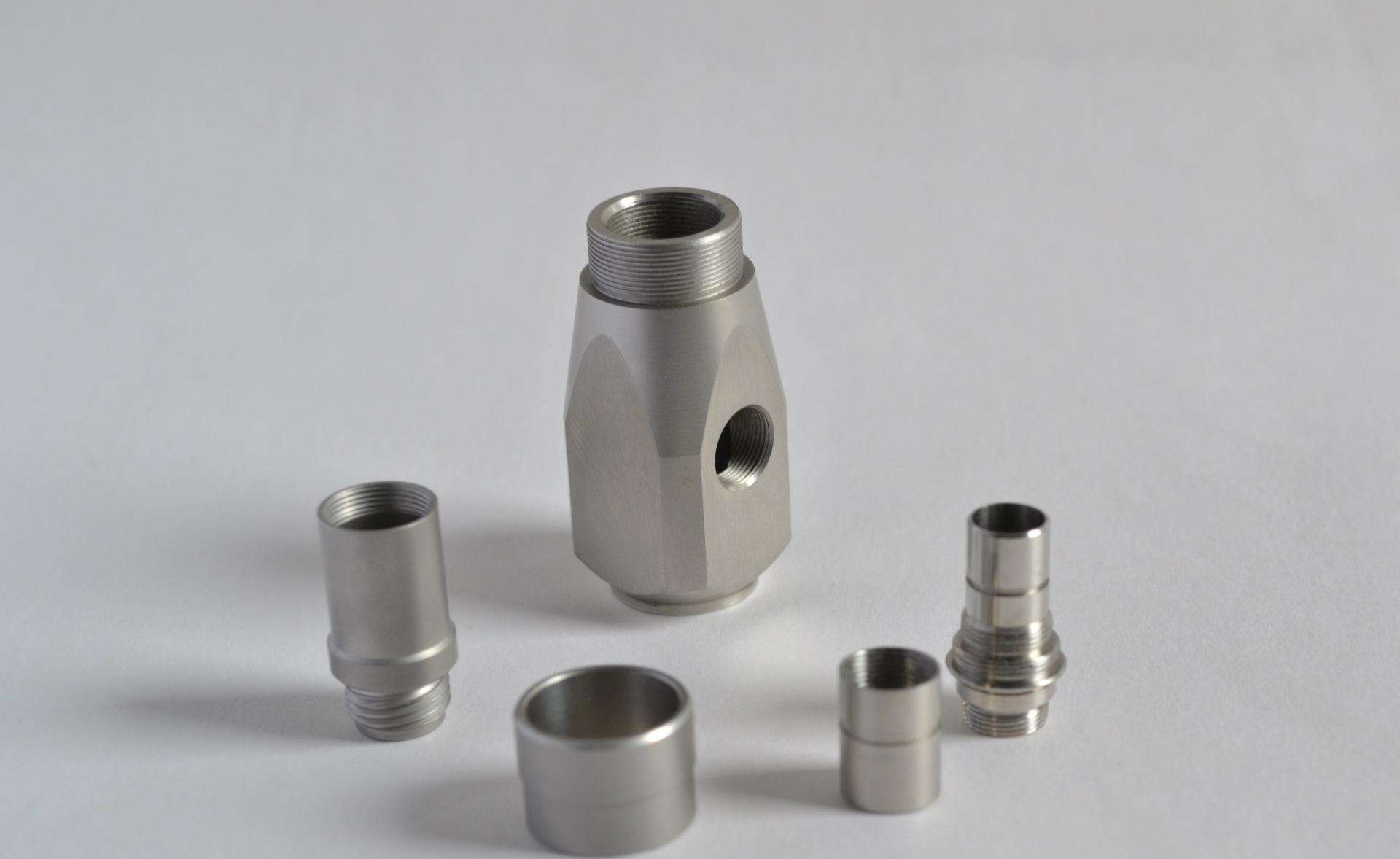CNC machined robots create a strong manufacturing powerhouse
China’s industrial robotics is the core of the ambitious plan of “made in China 2025″, according to the media of Beijing.
According to the echo of France, in December 18th, in the Jingdong R & D lab in southern Beijing, the forklift truck was running automatically, the manipulator lifted the box and the hoist reached the target cargo on the rack. China’s second largest e-commerce enterprise, Jingdong, does not stop putting into storage automation and attempts to use small robots and unmanned aerial vehicles.
In September, the Jingdong opened its first fully automated warehouse near Shanghai to allow machines and robots to manage small goods unloaded from trucks. At the beginning of November, the Jingdong responsible person said Chinese logistics strategy, e-commerce continues to increase, we each year to build millions of square meters of the warehouse, but hiring porters and deliveryman becomes particularly difficult”.
According to the report, although Jingdong regards automation as a major task of industrial tools, the proportion of robots in China is still very low, and there are only 49 industrial robots for every 10 thousand workers. But China has accelerated its speed and has just broken through a key mark that marks the modernization of industry. On the 18 day, China’s Ministry of industry and information (Ministry of industry and information) pointed out that the production of industrial robots will break through 100 thousand for the first time this year. China has made a breakthrough in the first ten months of this year, with a total output of 120 thousand in the year. In 2016, the production of industrial robots in China was 72 thousand.
It is reported that China’s industrial robotics is the core of the ambitious plan of “made in China 2025”. Beijing hopes to make China become an industrial power from the world factory by this plan. Among the targets set in China, the number of robots per 10000 workers is raised to 150. The International Federation of robotics points out that although there is still a gap between the world leader level (531) in South Korea, it is close to the United States (176). In this respect, China is the largest market, and the demand for industrial robots in China accounts for about 1/3 of the world.
In 2015, 2/3 of China’s demand was met by overseas manufacturers. However, as major enterprises in China have become important participants in the industry, this proportion is declining. The Jingdong and the United States are the representatives of them. The 2016 acquisition of German KUKA robot manufacturing enterprises had caused a sensation.
The report believes that China is facing a decline in the employment population and a rapid rise in labor costs. Even if you want to rely on robots to ensure competitiveness, it will take time to realize automation.
BY GEORGE DING






